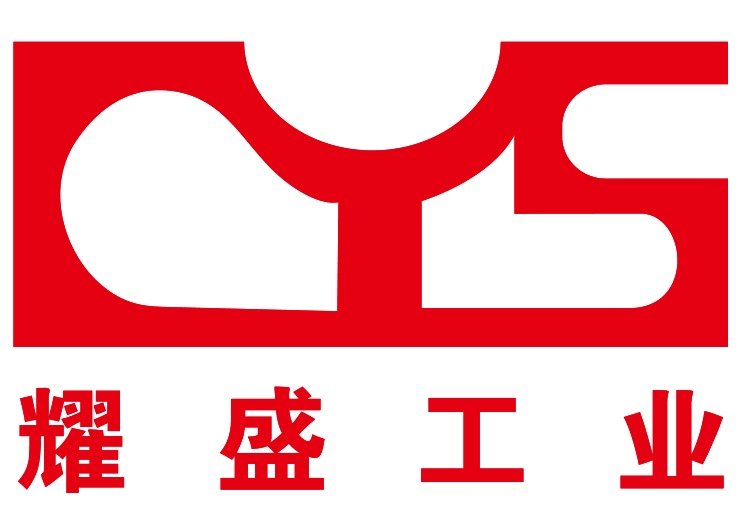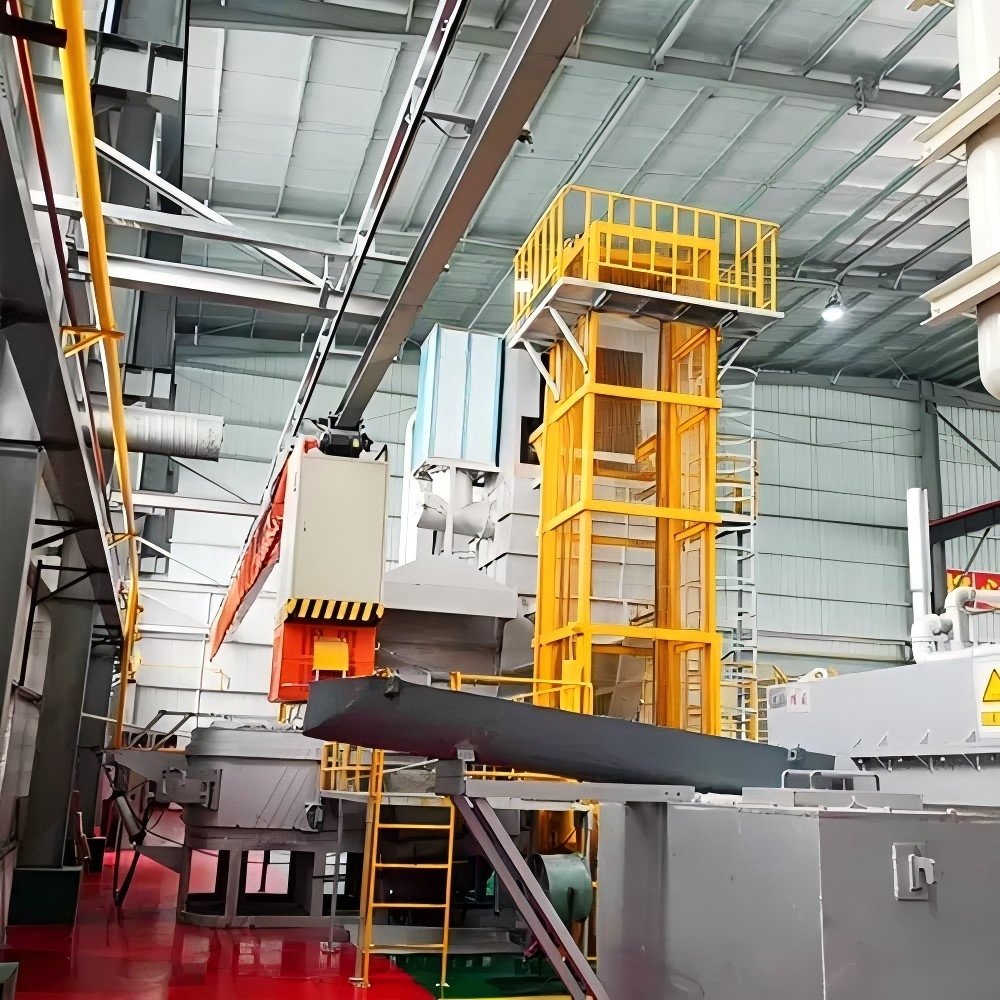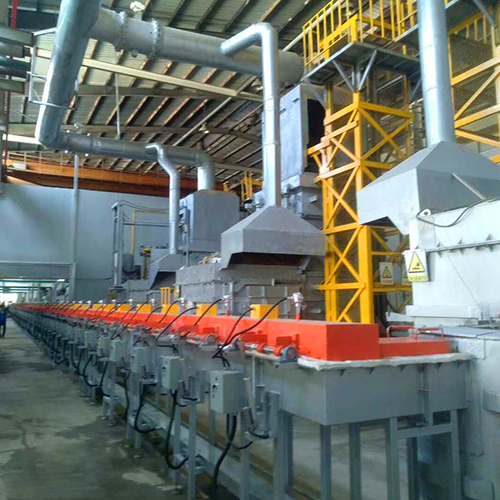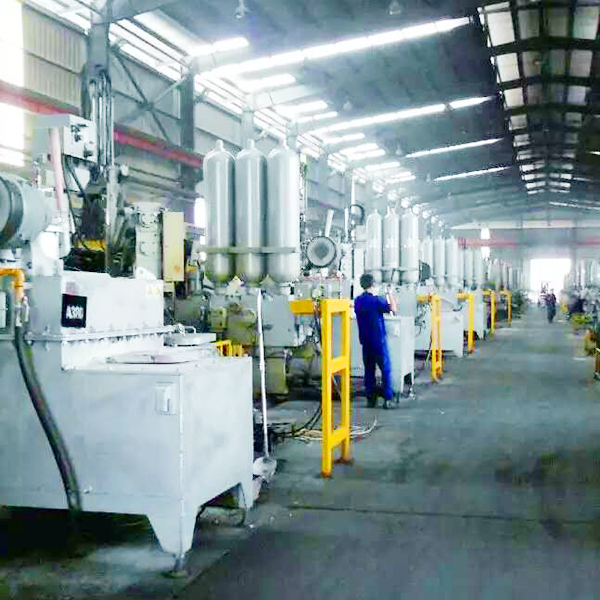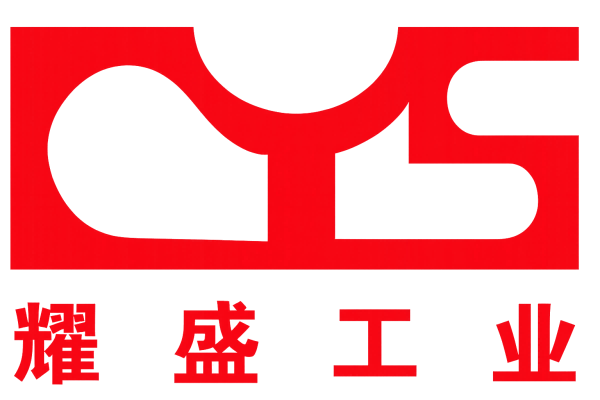Struggling with inconsistent die cast quality or excess scrap? The real issue might be your melt temperature control.
Precise melt temperature control in crucible furnaces is critical for die casting quality. It affects fluidity, strength, dimensional stability, porosity, mold life, and alloy consistency—directly impacting performance and cost.
![Image Placeholder: Crucible furnace pouring aluminum alloy into mold]
In this article, we’ll explore how even small temperature deviations can trigger major defects in your die cast parts—and how better control can boost both quality and efficiency.
❓ How Does Melt Temperature Impact Casting Fluidity?
Poor flow in your molten metal? It could be too cold—or too hot. Both extremes can sabotage casting success.
Melt temperature directly controls metal fluidity. Overheating causes flash and mold erosion, while low temps lead to cold shuts and short shots. Precision is key for optimal mold fill.
![Image Placeholder: Diagram showing underfill vs. flashing]
🔍 Fluidity vs. Temperature – Striking the Right Balance
✅ Common Problems from Improper Fluidity
| Temperature Issue | Consequences in Casting |
|---|---|
| Too High (>750°C) | Flash, burrs, mold erosion |
| Too Low (<680°C) | Cold shuts, poor surface finish |
Best Practice:
Keep aluminum alloy melts within the 680–750°C range for optimal flow without mold damage. This ensures complete filling, especially in thin-walled parts, without sacrificing tool life.
❓ How Does Temperature Affect Mechanical Properties?
Ever tested a part that looked perfect—but broke under stress? The melt temperature might be why.
Excessively high melt temperatures coarsen grains and reduce strength. Low temps risk poor fusion and segregation. Controlled temperatures support stronger, more reliable parts.
![Image Placeholder: SEM image comparing fine and coarse grain structures]
🔍 Strength Begins in the Melt
🔧 Temperature Effects on Microstructure
| Temperature | Effect on Structure | Mechanical Impact |
|---|---|---|
| Too High | Grain coarsening | Lower tensile strength |
| Too Low | Incomplete fusion, segregation | Reduced ductility & fatigue resistance |
Example:
For ADC12 aluminum alloy, melting at 720±10°C results in tensile strength >240 MPa. A ±20°C deviation may reduce strength by 10–15%.
❓ How Does Temperature Influence Porosity and Oxidation?
Even small gas bubbles or inclusions can destroy a part’s integrity—temperature plays a big role in that.
High temperatures increase hydrogen absorption and oxide inclusions. Low temps limit degassing. Balanced melt temperature minimizes porosity and improves casting cleanliness.
![Image Placeholder: Cross-section of casting with visible porosity]
🔍 Managing Gas and Inclusion Defects
☁️ Temperature’s Role in Gas Absorption
| Temperature Range | Porosity Risk | Recommendation |
|---|---|---|
| >750°C (Al alloys) | High hydrogen absorption | Use degassing agents and cover flux |
| <680°C | Incomplete degassing | Ensure adequate holding time & temp |
Zinc alloys: Keep below 450°C to prevent oxidation and minimize dross formation.
❓ Can Temperature Fluctuations Cause Dimensional Instability?
Precision parts need precision temperatures—otherwise shrinkage or distortion will throw your tolerances off.
Temperature swings during melting and holding affect shrinkage rates and residual stress. That leads to deformation, especially in precision die casting parts.
![Image Placeholder: Dimensional comparison between parts cast at different temps]
🔍 Shrinkage, Stress & Final Dimensions
📏 Impact of Temperature Variations
| Symptom | Cause | Prevention |
|---|---|---|
| Oversized part | Excess thermal expansion | Tighten melt temp range |
| Deformation | Uneven cooling & stress buildup | Ensure uniform cooling environment |
Uneven temperatures may introduce stress that only appears during CNC machining or product use.
❓ What’s the Relationship Between Melt Temperature and Mold Life?
Frequent tool repairs? Your metal may be burning through your mold faster than you realize.
Overheated melts accelerate thermal fatigue and erosion. Cooler melts increase injection pressure and wear. Accurate temperature control prolongs mold life and boosts efficiency.
![Image Placeholder: Mold surface with signs of thermal fatigue]
🔍 Protecting Your Most Expensive Tooling
🔩 Trade-off Between Heat and Force
| Condition | Mold Impact | Efficiency Note |
|---|---|---|
| Too Hot | Thermal shock, cracking | Shortens tool life |
| Too Cold | Higher pressure required | Raises wear rate & energy cost |
Stable melt temp = fewer setup adjustments = higher uptime and yield.
❓ How Does Temperature Control Affect Alloy Composition?
Your alloy might look right—but if it’s overheated or under-mixed, your properties could be way off.
High temps cause elemental burnout (e.g. Mg, Zn); low temps prevent full dissolution of master alloys. Precise temp helps maintain composition and treatment effectiveness.
![Image Placeholder: Spectral analysis of alloy samples at different temps]
🔍 Composition Uniformity for Performance Stability
⚙️ Temperature-Related Alloy Risks
| Temperature Risk | Resulting Problem | Preventive Action |
|---|---|---|
| Overheating | Loss of volatile elements (e.g. Mg) | Set upper limit & monitor with thermocouple |
| Underheating | Poor solubility of modifiers (e.g. Ti-B) | Stirring & hold at target melt range |
Example: AZ91D magnesium alloy should stay between 640–670°C to avoid oxidation flare-ups.
🛠️ Final Thoughts from the Engineer’s Desk
Precise melt temperature is the foundation of consistent die casting results. From mechanical strength to mold life, almost every defect traceable on the shop floor links back to the melt.
Investing in crucible furnaces with ±5°C PID temperature control and regular thermocouple calibration is no longer optional—it’s essential.
🔧 Looking to upgrade your melting process with precision-built crucible furnaces?
[Contact us now] and get a custom solution built for your metal, your process, and your targets.
